2-Hydroxyphenylacetic acid

2-Hydroxyphenylacetic acid structure
|
Common Name | 2-Hydroxyphenylacetic acid | ||
|---|---|---|---|---|
| CAS Number | 614-75-5 | Molecular Weight | 152.147 | |
| Density | 1.3±0.1 g/cm3 | Boiling Point | 321.8±22.0 °C at 760 mmHg | |
| Molecular Formula | C8H8O3 | Melting Point | 145-147 °C(lit.) | |
| MSDS | Chinese USA | Flash Point | 162.6±18.8 °C | |
| Symbol |

GHS07 |
Signal Word | Warning | |
Use of 2-Hydroxyphenylacetic acid2-Hydroxyphenylacetic acid is a potential biomarker for the food products, and found to be associated with phenylketonuria (PKU). |
| Name | (2-hydroxyphenyl)acetic acid |
|---|---|
| Synonym | More Synonyms |
| Description | 2-Hydroxyphenylacetic acid is a potential biomarker for the food products, and found to be associated with phenylketonuria (PKU). |
|---|---|
| Related Catalog | |
| Target |
Human Endogenous Metabolite |
| References |
| Density | 1.3±0.1 g/cm3 |
|---|---|
| Boiling Point | 321.8±22.0 °C at 760 mmHg |
| Melting Point | 145-147 °C(lit.) |
| Molecular Formula | C8H8O3 |
| Molecular Weight | 152.147 |
| Flash Point | 162.6±18.8 °C |
| Exact Mass | 152.047348 |
| PSA | 57.53000 |
| LogP | 0.92 |
| Vapour Pressure | 0.0±0.7 mmHg at 25°C |
| Index of Refraction | 1.591 |
| Symbol |

GHS07 |
|---|---|
| Signal Word | Warning |
| Hazard Statements | H315-H319-H335 |
| Precautionary Statements | P261-P305 + P351 + P338 |
| Personal Protective Equipment | dust mask type N95 (US);Eyeshields;Gloves |
| Hazard Codes | Xi:Irritant; |
| Risk Phrases | R36/37/38 |
| Safety Phrases | S26-S36 |
| RIDADR | NONH for all modes of transport |
| WGK Germany | 3 |
| HS Code | 29182990 |
| Precursor 10 | |
|---|---|
| DownStream 10 | |
| HS Code | 2918290000 |
|---|---|
| Summary | HS: 2918290000 other carboxylic acids with phenol function but without other oxygen function, their anhydrides, halides, peroxides, peroxyacids and their derivatives Tax rebate rate:9.0% Supervision conditions:AB(certificate of inspection for goods inward,certificate of inspection for goods outward) VAT:17.0% MFN tariff:6.5% General tariff:30.0% |
|
A metabolite profiling approach to identify biomarkers of flavonoid intake in humans.
J. Nucl. Med. 139 , 2309-14, (2009) Flavonoids are phytochemicals that are widespread in the human diet. Despite limitations in their bioavailability, experimental and epidemiological data suggest health benefits of flavonoid consumptio... |
|
|
Catabolism of phenylacetic acid in Escherichia coli. Characterization of a new aerobic hybrid pathway.
J. Biol. Chem. 273(40) , 25974-86, (1998) The paa cluster of Escherichia coli W involved in the aerobic catabolism of phenylacetic acid (PA) has been cloned and sequenced. It was shown to map at min 31.0 of the chromosome at the right end of ... |
|
|
Concentrations of nine alkenylbenzenes, coumarin, piperonal and pulegone in Indian bidi cigarette tobacco.
Food Chem. Toxicol. 41(2) , 247-58, (2003) Indian-made bidi cigarettes sold in the United States are available in a variety of exotic (e.g. clove, mango) and candy-like (e.g. chocolate, raspberry) flavors. Because certain tobacco flavorings co... |
| Hydroxyphenylacetic acid |
| a-Hydroxy-a-toluic Acid |
| A-HYDROXYPHENYLACETIC ACID |
| Mandelic acid |
| 2-hydroxy-2-phenylacetic acid |
| (±)-a-Hydroxyphenylacetic Acid |
| EINECS 210-393-2 |
| benzeneacetic acid, a-hydroxy- |
| 2-Hydroxy-2-phenylethanoic acid |
| Benzeneacetic acid, α-hydroxy- |
| (±)-2-Hydroxy-2-phenylethanoic Acid |
| DL-mandelic acid |
| 2-Hydroxyphenylacetic acid |
| Hydroxy(phenyl)acetic acid |
| a-Hydroxybenzeneacetic Acid |
| MFCD00004323 |
| (±)-a-Hydroxybenzeneacetic Acid |
| 2-Hydroxyphenylaceticacid |
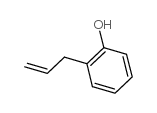 CAS#:1745-81-9
CAS#:1745-81-9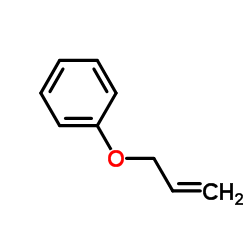 CAS#:1746-13-0
CAS#:1746-13-0 CAS#:201230-82-2
CAS#:201230-82-2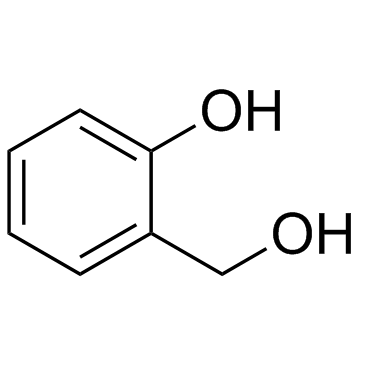 CAS#:90-01-7
CAS#:90-01-7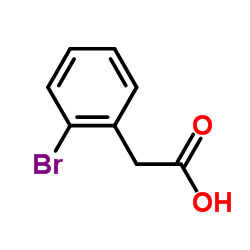 CAS#:18698-97-0
CAS#:18698-97-0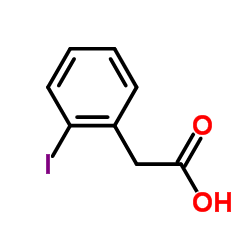 CAS#:18698-96-9
CAS#:18698-96-9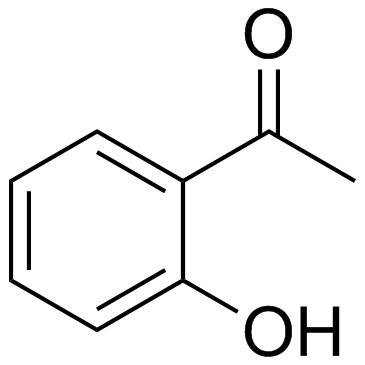 CAS#:118-93-4
CAS#:118-93-4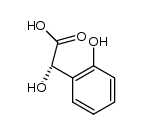 CAS#:142681-37-6
CAS#:142681-37-6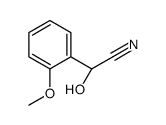 CAS#:121985-99-7
CAS#:121985-99-7 CAS#:36724-16-0
CAS#:36724-16-0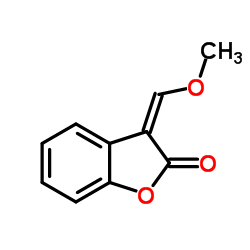 CAS#:40800-90-6
CAS#:40800-90-6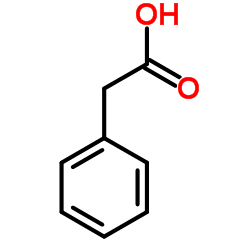 CAS#:103-82-2
CAS#:103-82-2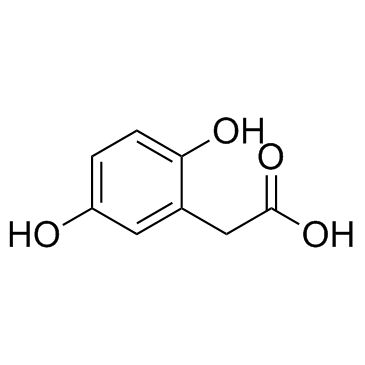 CAS#:451-13-8
CAS#:451-13-8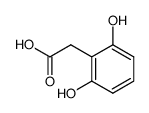 CAS#:64700-73-8
CAS#:64700-73-8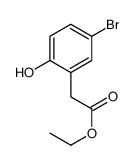 CAS#:220801-65-0
CAS#:220801-65-0 CAS#:7768-28-7
CAS#:7768-28-7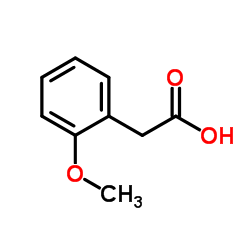 CAS#:93-25-4
CAS#:93-25-4 CAS#:27798-60-3
CAS#:27798-60-3 CAS#:70289-12-2
CAS#:70289-12-2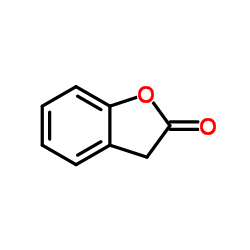 CAS#:553-86-6
CAS#:553-86-6
